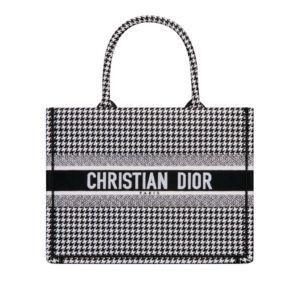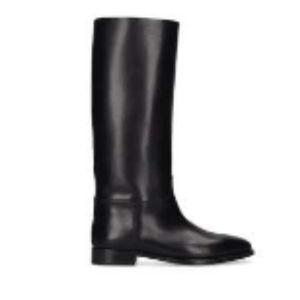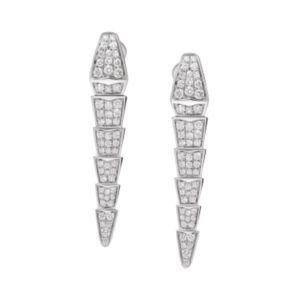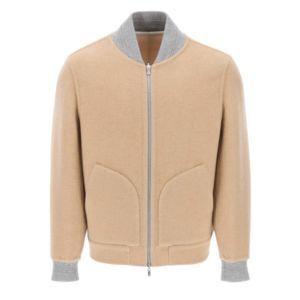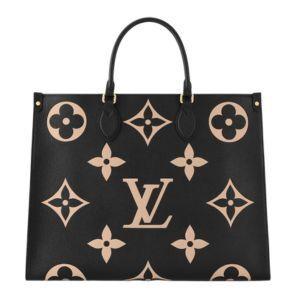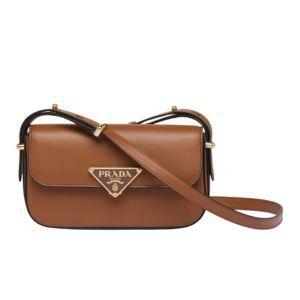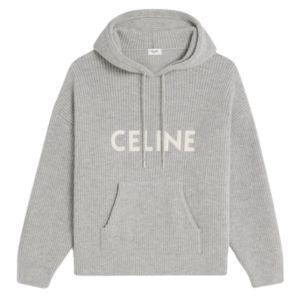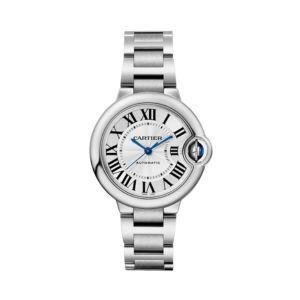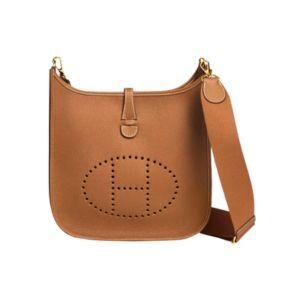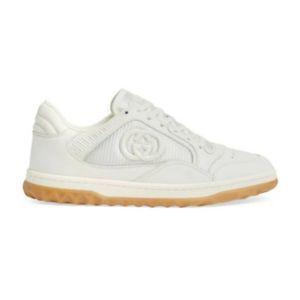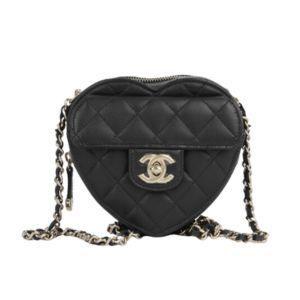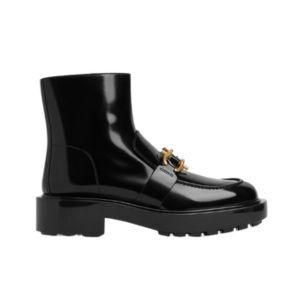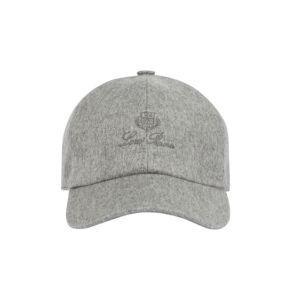
Chanel have created some of the most desirable bags in the world. They’re timeless and great investment pieces, so how can you tell a real Chanel bag from a counterfeit?
9 Ways To Spot A Fake Chanel Bag
There are a number of elements you can look out for when purchasing a Chanel bag to help identify if the bag is authentic. At HEWI, we pre-screen all our items for authenticity, giving you piece of mind; however here’s nine things you should look out for:
Serial Numbers have been included in Chanel bags since the mid-1980’s. Typically they’re six to eight digital long, with the digits indicating the bag style and year of release. For example if your serial numbers begins with 27, 28 or 29, your bag should be from 2019; if it isn’t it may not be authentic.
Additional elements to look out for on the serial number include:
# A white background
# Clear tape covering the serial number with a X cut lines across the sticker
# 0’s having strikethroughs
# 1’s being in a serif font
# Gold speckles throughout the sticker
# Two Chanel logos

Chanel uses a range of leathers and materials, however the most common you'll find on the bags are:
Lambskin Leather: Lambskin is commonly used in Chanel bags. It is soft, delicate, and lightweight, with a buttery texture and a natural sheen. However, it is more delicate than calfskin and requires more care.
Calfskin Leather: This is one of the most popular leathers used in Chanel bags. It is smooth, supple, and durable, and has a natural shine.
Caviar Leather: This leather is one of the more durable you'll find on a Chanel bag, thanks to the pebbled quality and rigid nature.
Aged Calfskin: A softer leather, this is often used on bags which have a slouchier look or a vintage feel.
Patent Leather: This is a high-shine, glossy leather that is water-resistant and easy to clean. It is often used in Chanel bags to create a sleek, polished look.
Exotic Leathers: Chanel also uses exotic leathers like alligator, crocodile, and python in some of its bags. These leathers are luxurious and have a unique texture and pattern.
Tweed: Chanel is famous for its tweed fabric, which is used to create some of its iconic bags, such as the Chanel 2.55
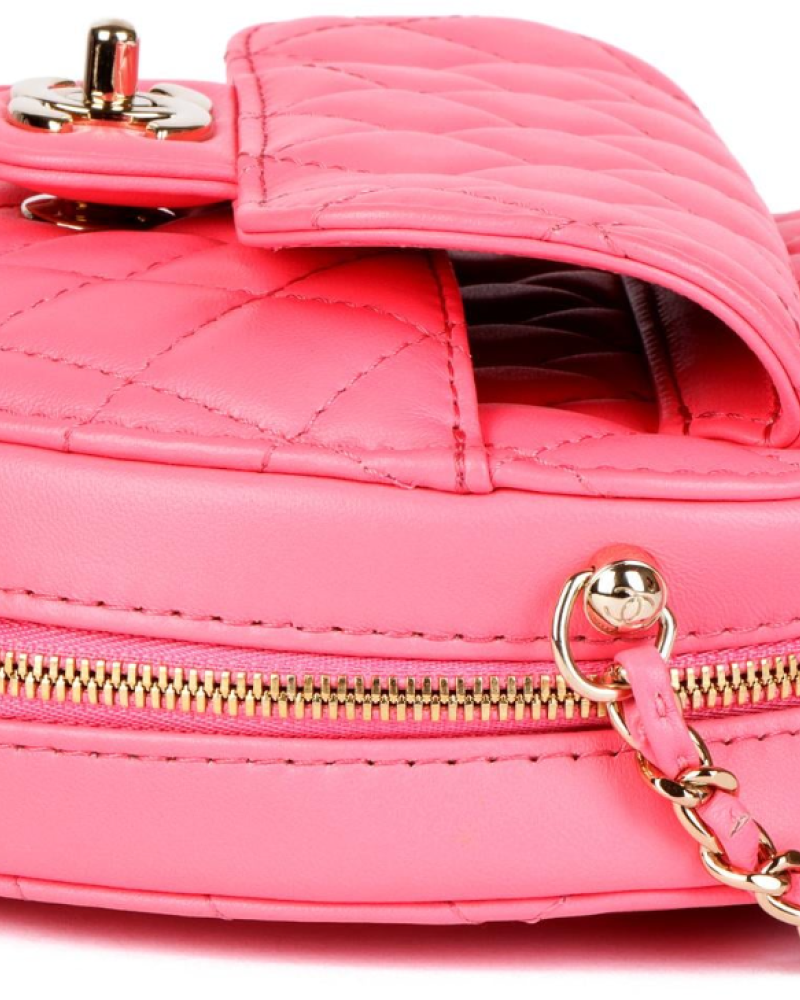
You’ll never see a Phillips screw used on a Chanel bag! CC Logo clasp bags have their back plate secured to the flap of the bag with either flathead or star screws. Star screws tend to be used on the newer styles.

All Chanel bags come with an authenticity card upon purchase; unfortunately they’re one of the easiest things for counterfeiters to try to replicate. There’s three core things to look out for when checking your authenticity card:
# Your authenticity card serial number should match the serial number on the bag itself as a first step.
# The text on the card should be perfectly aligned.
# The card should feel like a credit card and should not contain any hologram effect.

There’s four different ways that Chanel makes the strapping for their handbags, which is often where the counterfeiters trip up. Since the 1980’s the brand began interlacing leather through the chain strap, adding another element of detail and luxury to the design. The core four techniques used for the straps are:
Four folds with a stitch - This is used on the more exotic classic bags, along with maxis and jumbos. The technique involved taking the strip of leather and folding the two edges until they meet in the middle. The strip is then folded once more, hence the four folds name.
Triple-fold - This is the most common technique, which you’ll find on most medium flap bags. The leather strip is folded once then folded back again, without any stitching. So when you look at the strap you’ll notice one rolled edge to the leather and a cut edge on the other side.
Cut-edge - Used most frequently for wallets on chains, this technique takes two pieces of leather and cements them together, with both edges then being cut.
Fold to Centre - This technique leaves you being able to see a line down one side of the leather, with two folded edges, as the leather strip is folded into the centre and then hammered down (to create the line).
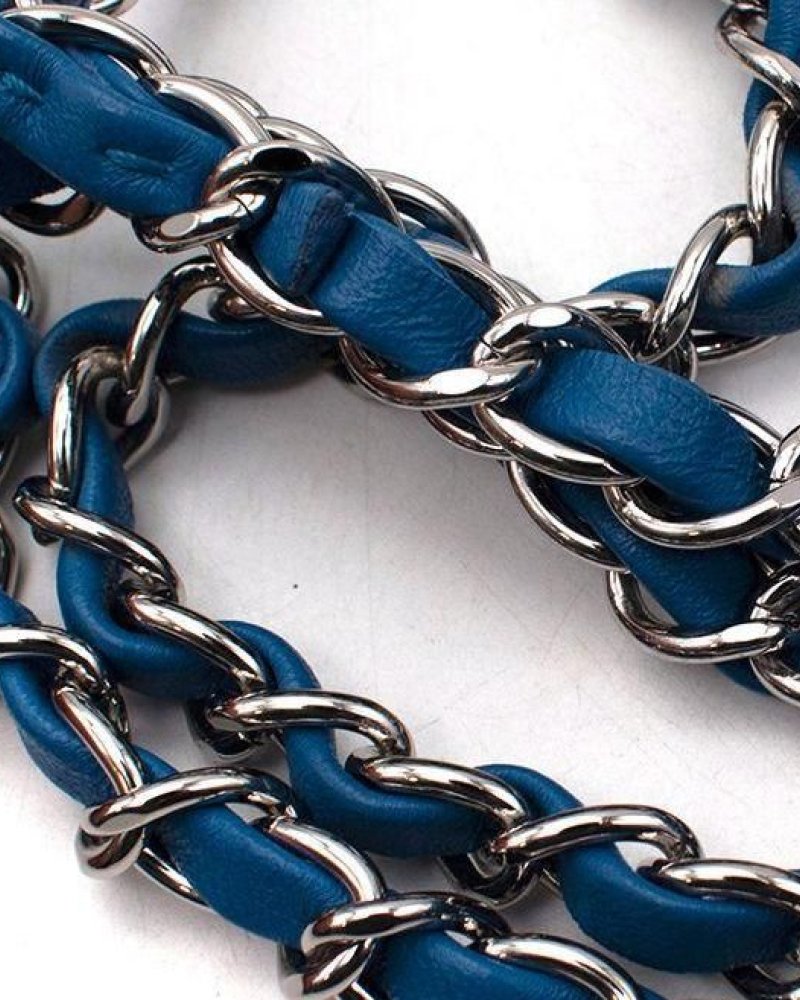
In addition to a serial number, all Chanel bags include an embossed Chanel logo usually accompanied by either “Made In Italy” or “Made In France”. If the stamp in your bag isn’t embossed and sits flat on the leather then it may be counterfeit.

Each side of the diamond pattern quilting on your Chanel bag should contain at least 10 stitches, with the stitching being clean, uniform and perfectly straight. The quilting pattern should be consistent on all sides of the bag, with perfect alignment through pockets, flaps and any other detail.

The most distinctive icon of Chanel, the classic CC logo. A genuine Chanel CC logo on a Chanel clasp with have flat edges (not rounded ones) and the right-hand C will always overlap the left-hand C at the top, with the left-hand C overlapping the right-hand C on the bottom. This is such a small detail to look for on your bag, but this arrangement is often where counterfeit Chanel bags are spotted.

Until circa 2008, Chanel used real gold-plate hardware on their bags. The hardware was made with an alloy containing 24-carat gold coated on the metal and was hallmarked on the corner of the CC clasp. Since 2008 the real gold hardware has been replaced by gold-toned.
In addition to the classic gold look hardware, silver hardware and ruthenium hardware are commonly used in Chanel bags.
Iridescent and Plexiglass hardware are used on some of the rarer bags, including the lego clutch.





